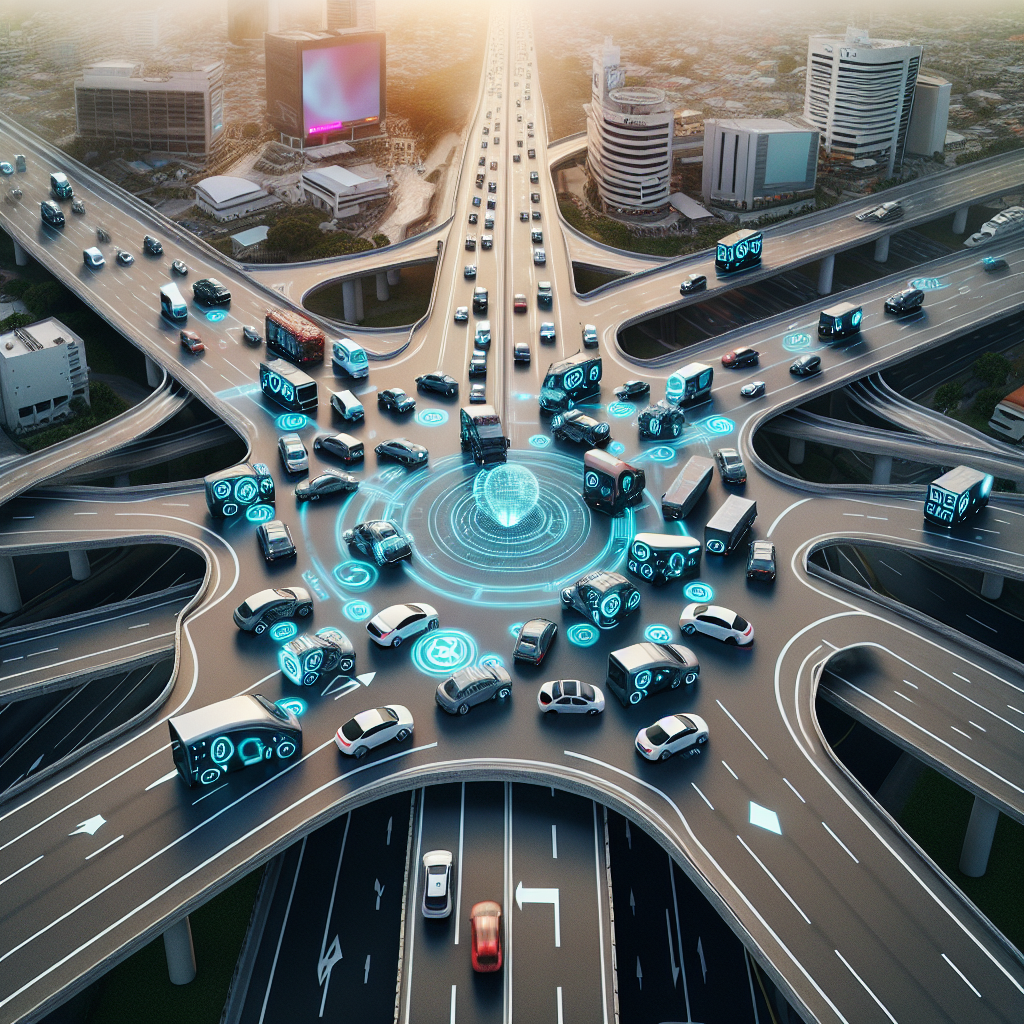The Risks of AI in Transportation: Can We Trust Autonomous Vehicles?
Artificial Intelligence (AI) has made significant advancements in recent years, particularly in the field of transportation. One of the most notable developments is the introduction of autonomous vehicles, also known as self-driving cars. These vehicles use AI algorithms to navigate roads and make decisions without human intervention. While autonomous vehicles have the potential to revolutionize transportation by reducing accidents, congestion, and emissions, there are also significant risks associated with their implementation. In this article, we will explore the potential risks of AI in transportation and address the question: Can we trust autonomous vehicles?
Risks of AI in Transportation
1. Safety Concerns: One of the primary risks of autonomous vehicles is safety. While AI algorithms can make split-second decisions based on vast amounts of data, there is always the possibility of errors or malfunctions. This can result in accidents, injuries, or even fatalities. Additionally, autonomous vehicles must navigate complex and unpredictable environments, including interactions with other vehicles, pedestrians, and road conditions. Ensuring the safety of autonomous vehicles is a critical challenge that must be addressed before widespread adoption.
2. Cybersecurity Threats: Another significant risk of AI in transportation is cybersecurity threats. Autonomous vehicles rely on a network of sensors, cameras, and communication systems to operate. These systems are vulnerable to hacking, malware, and other cyber attacks. A successful cyber attack could compromise the safety and functionality of autonomous vehicles, leading to potentially catastrophic consequences. Ensuring the security of autonomous vehicles’ systems is essential to prevent such threats.
3. Ethical Dilemmas: Autonomous vehicles also raise ethical dilemmas that must be addressed. For example, in the event of an unavoidable accident, how should AI algorithms prioritize the safety of the vehicle occupants versus other road users? Who is responsible in the event of an accident caused by an autonomous vehicle: the manufacturer, the programmer, or the vehicle owner? These ethical questions raise complex issues that must be carefully considered to ensure the responsible deployment of autonomous vehicles.
4. Legal and Regulatory Challenges: The introduction of autonomous vehicles poses legal and regulatory challenges that must be addressed. For example, who is liable in the event of an accident caused by an autonomous vehicle: the manufacturer, the programmer, or the vehicle owner? How should autonomous vehicles be regulated to ensure their safe operation on public roads? These legal and regulatory challenges must be resolved to establish a framework for the responsible deployment of autonomous vehicles.
5. Public Acceptance: Finally, public acceptance is a significant risk of AI in transportation. Many people are skeptical of autonomous vehicles and may be hesitant to trust them with their safety. Building public trust in autonomous vehicles requires transparency, education, and demonstration of their safety and reliability. Overcoming public skepticism is essential to the widespread adoption of autonomous vehicles.
Can We Trust Autonomous Vehicles?
While there are significant risks associated with AI in transportation, autonomous vehicles also have the potential to improve safety, efficiency, and sustainability. By addressing the challenges outlined above, it is possible to build trust in autonomous vehicles and harness their benefits for society. To ensure the responsible deployment of autonomous vehicles, stakeholders must collaborate to address safety concerns, cybersecurity threats, ethical dilemmas, legal and regulatory challenges, and public acceptance.
FAQs
Q: Are autonomous vehicles safer than human drivers?
A: Autonomous vehicles have the potential to be safer than human drivers, as they can make split-second decisions based on vast amounts of data. However, ensuring the safety of autonomous vehicles requires rigorous testing, validation, and oversight to address potential errors or malfunctions.
Q: How can we prevent cybersecurity threats to autonomous vehicles?
A: Preventing cybersecurity threats to autonomous vehicles requires robust security measures, including encryption, intrusion detection systems, and secure communication protocols. Manufacturers must also regularly update and patch the software of autonomous vehicles to address potential vulnerabilities.
Q: Who is liable in the event of an accident caused by an autonomous vehicle?
A: The liability in the event of an accident caused by an autonomous vehicle is a complex legal issue that must be addressed. Depending on the circumstances of the accident, liability may fall on the manufacturer, the programmer, or the vehicle owner. Legal frameworks must be established to clarify liability in such situations.
Q: How can we build public trust in autonomous vehicles?
A: Building public trust in autonomous vehicles requires transparency, education, and demonstration of their safety and reliability. Manufacturers, policymakers, and regulators must communicate the benefits of autonomous vehicles and address concerns about safety, privacy, and ethics to build public acceptance.
In conclusion, the risks of AI in transportation are significant, but with careful consideration and collaboration, it is possible to trust autonomous vehicles. By addressing safety concerns, cybersecurity threats, ethical dilemmas, legal and regulatory challenges, and public acceptance, we can harness the potential of autonomous vehicles to revolutionize transportation and improve society. Building trust in autonomous vehicles requires a collective effort from stakeholders to ensure their responsible deployment and maximize their benefits for the future.

